Remarks:Sterba’s Hoplisoma is a small, stunning, and very popular species of Corydoradinae. Their bodies are dark gray or silver with black markings in the form of 7-8 horizontal lines of dots starting from behind the pectoral fins and extending down to the caudal fin, broken bands through their fins, and the head being the reverse where it is a darker color with light spots. What usually draws hobbyists to this fish, however, are the bright orange pectoral and ventral spines that really make them stand out.
In the wild, Sterba’s Hoplisoma were originally thought to have their range limited to the Upper Rio Guapore ever since their discovery in 1962 upon which they were named after Dr Gnther Sterba. That was until another population was discovered in the Rio Itenez in 2003. In both areas, this fish can be found inhabiting tannin-stained small tributaries, flooded forests, creeks, and streams with lots of fallen branches and botanicals along with mild flow. Aquarists have found them to be much more tolerant of and actually preferring warmer temperatures compared to their cousins. This hardiness, however, does not extend to their tolerance of pH or water hardness causing them to require soft, acidic water especially when working with wild caught fish. Captive bred specimens are somewhat more tolerant but still should be kept in similar conditions to thrive.
Sterba’s Hoplisoma were previously classified as Corydoras sterbai, but were reclassified as Hoplisoma sterbai upon publication of a phylogenomic analysis in 2024 that reclassified many species in the Corydoradinae subfamily.
Corydoradinae are small, peaceful catfish that are active shoalers and will stay near conspecifics, making for a lovely sight.They feed by searching through sand with their barbels, making such a substrate necessary for their long-term health. Gravel substrates tend to be abrasive and damage the barbels, leading to infections and an inability to find food.
While these friendly catfish are willing to swim with other species of Corydoradinae different from their own, this does not provide the same social need as being kept with members of their own species. Because of this, it is highly recommended to keep at least six of each species of Corydoradinaepresent in the aquarium and only mix species if one has the space to keep at least six of each.
Corydoradinaeare often looked at as “scavengers,” but they should be treated in a similar fashion as the rest of your fish. They are omnivores and require a mixed diet. Sinking prepared foods are readily accepted, as are frozen and live foods such as brine shrimp, blackworms, and bloodworms.

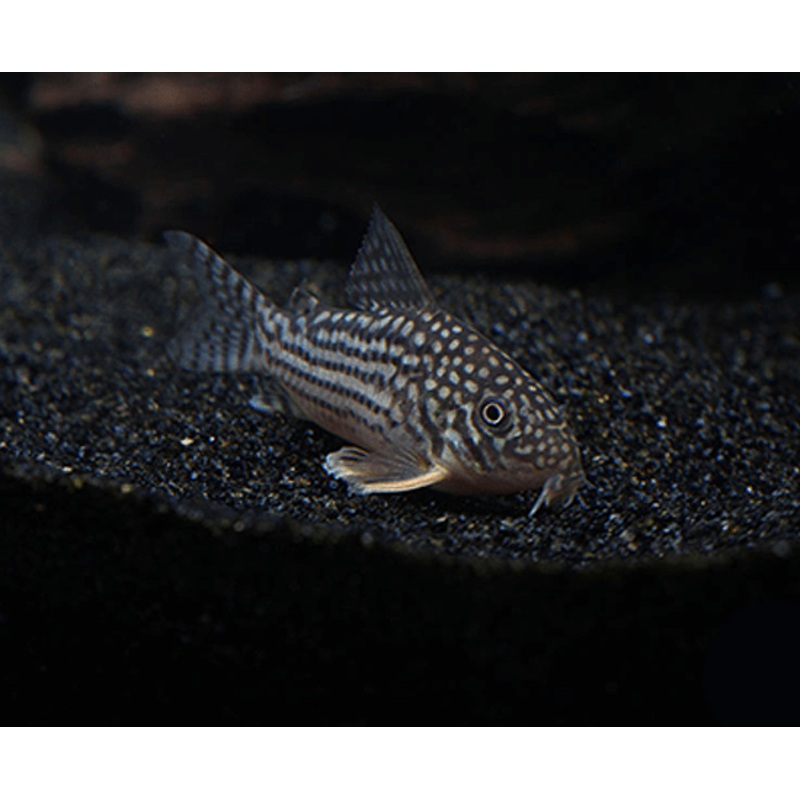
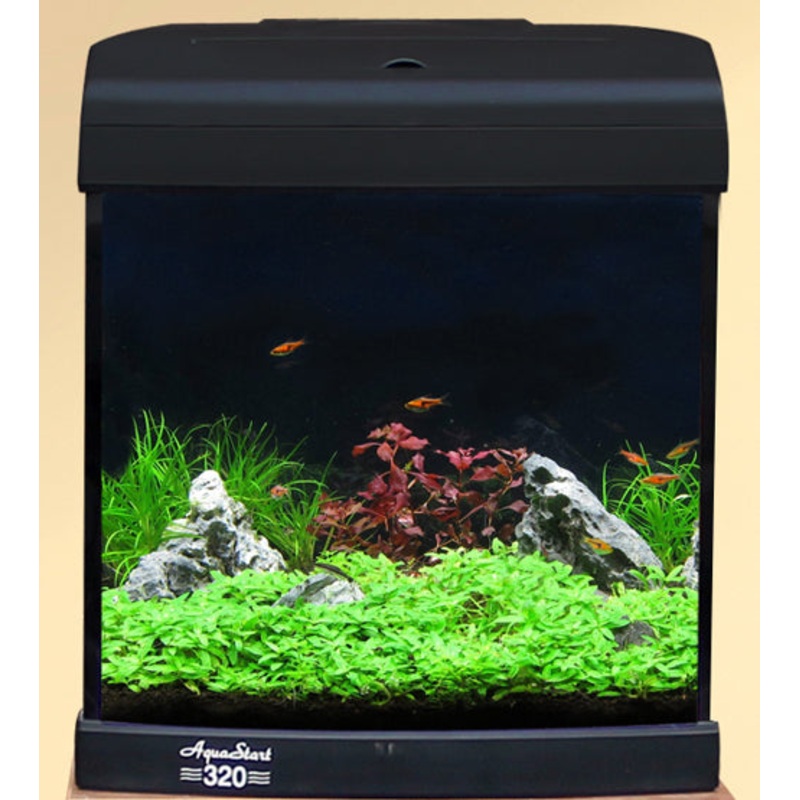
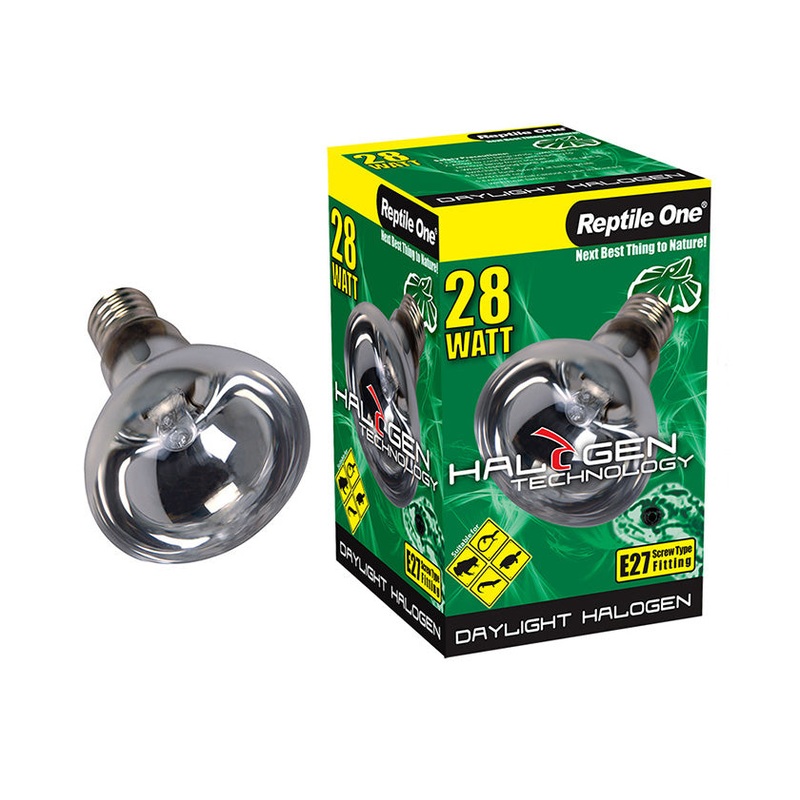
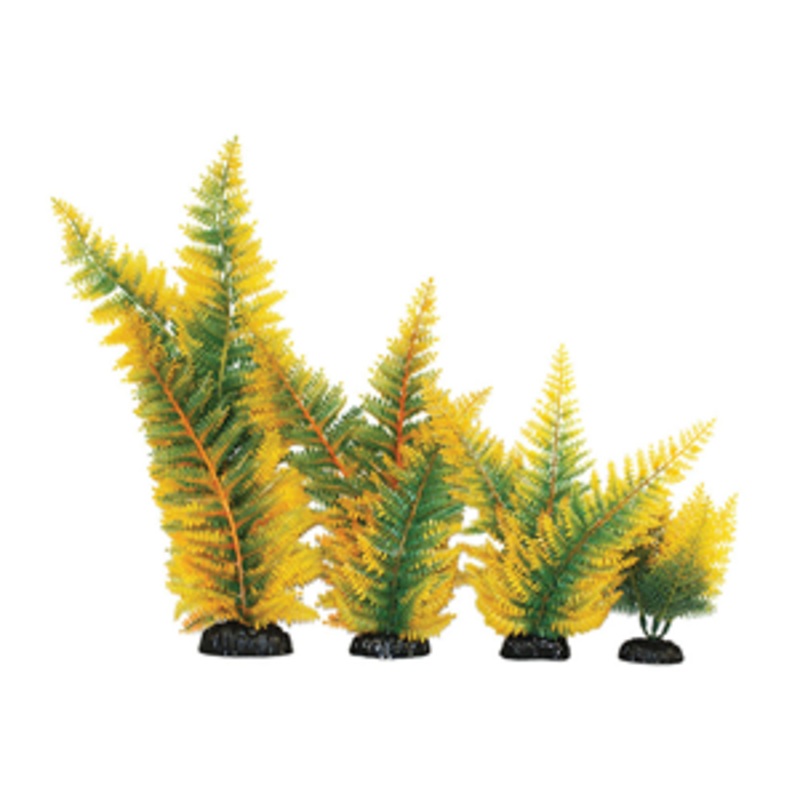
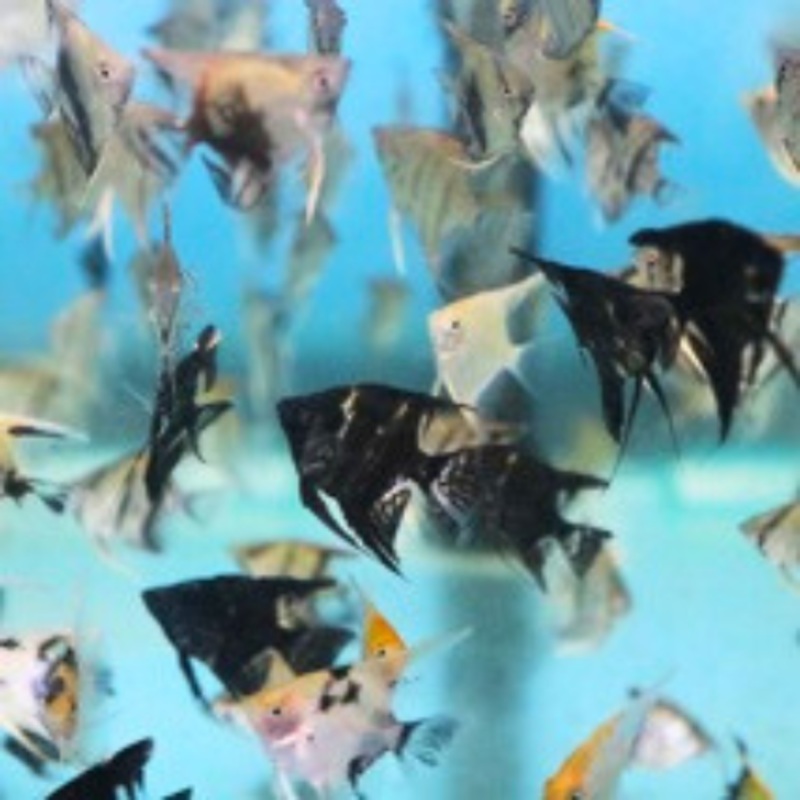
Reviews
There are no reviews yet.